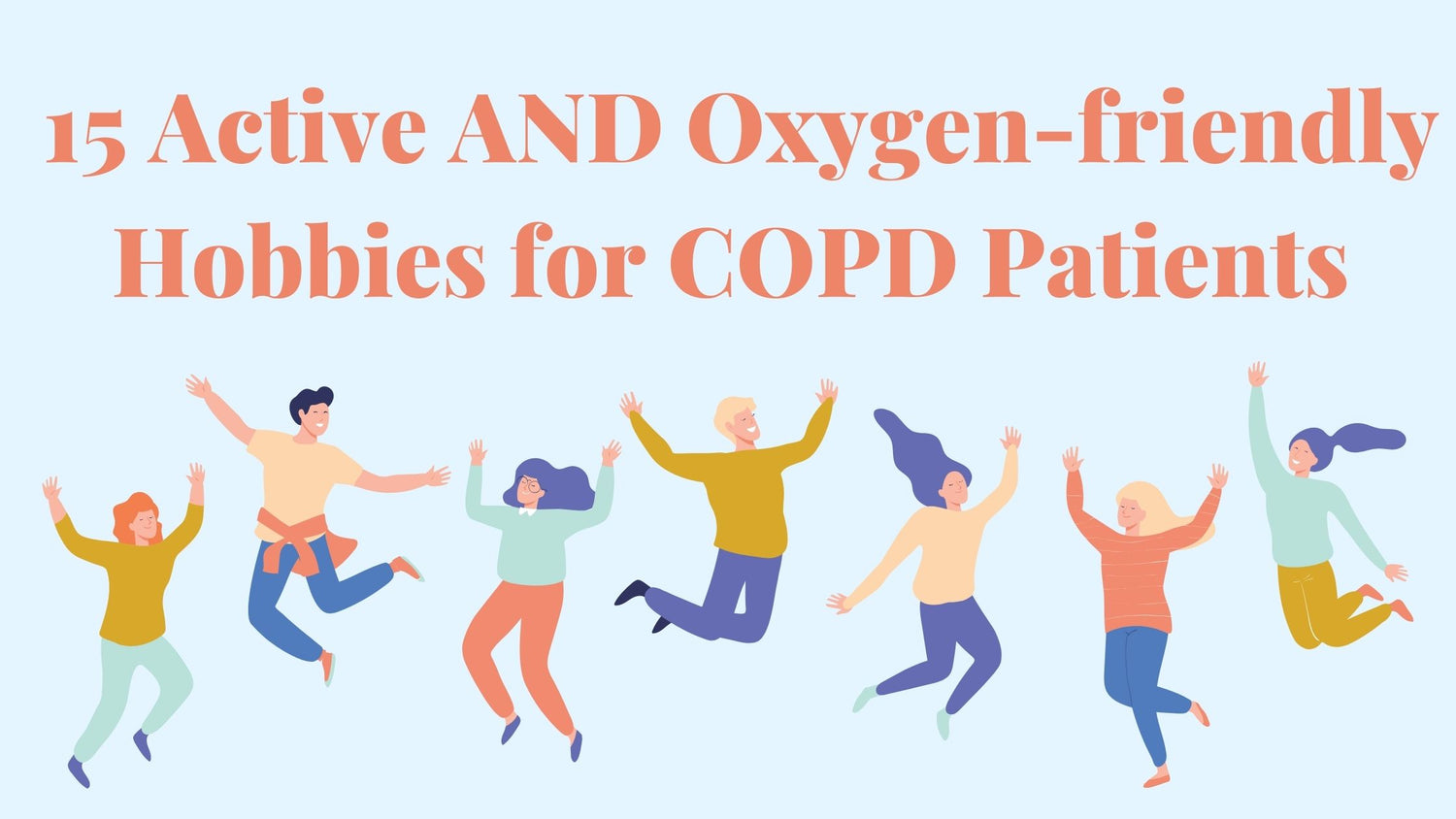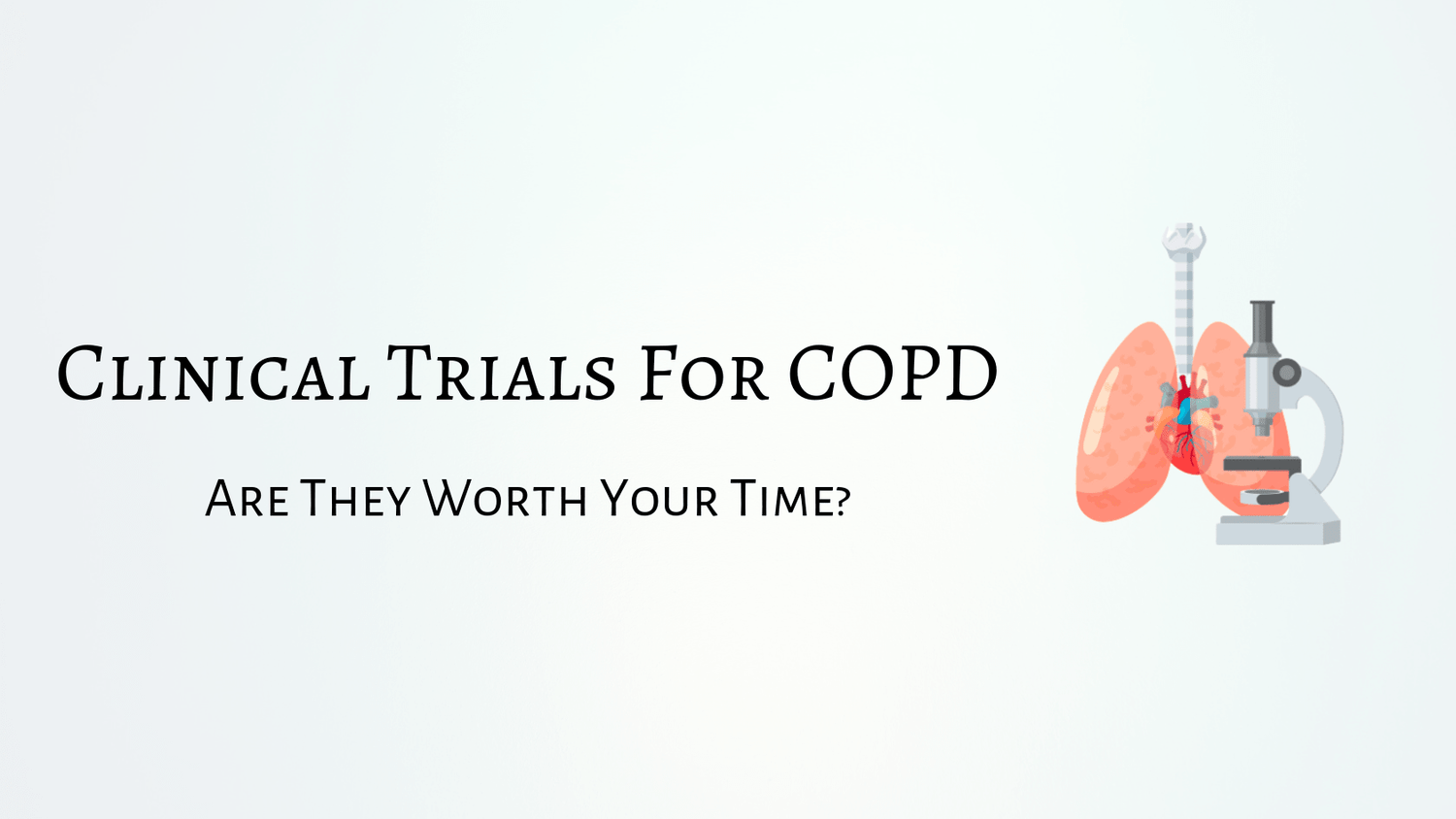Respiratory Resource Center - LPT Medical
15 Active AND Oxygen-Friendly Hobbies for COPD Patients
Everyone needs a hobby, and that's especially true...
Read MoreClinical Trials For COPD: Are They Worth Your Time?
All medication prescribed to patients in the United States...
Read More


